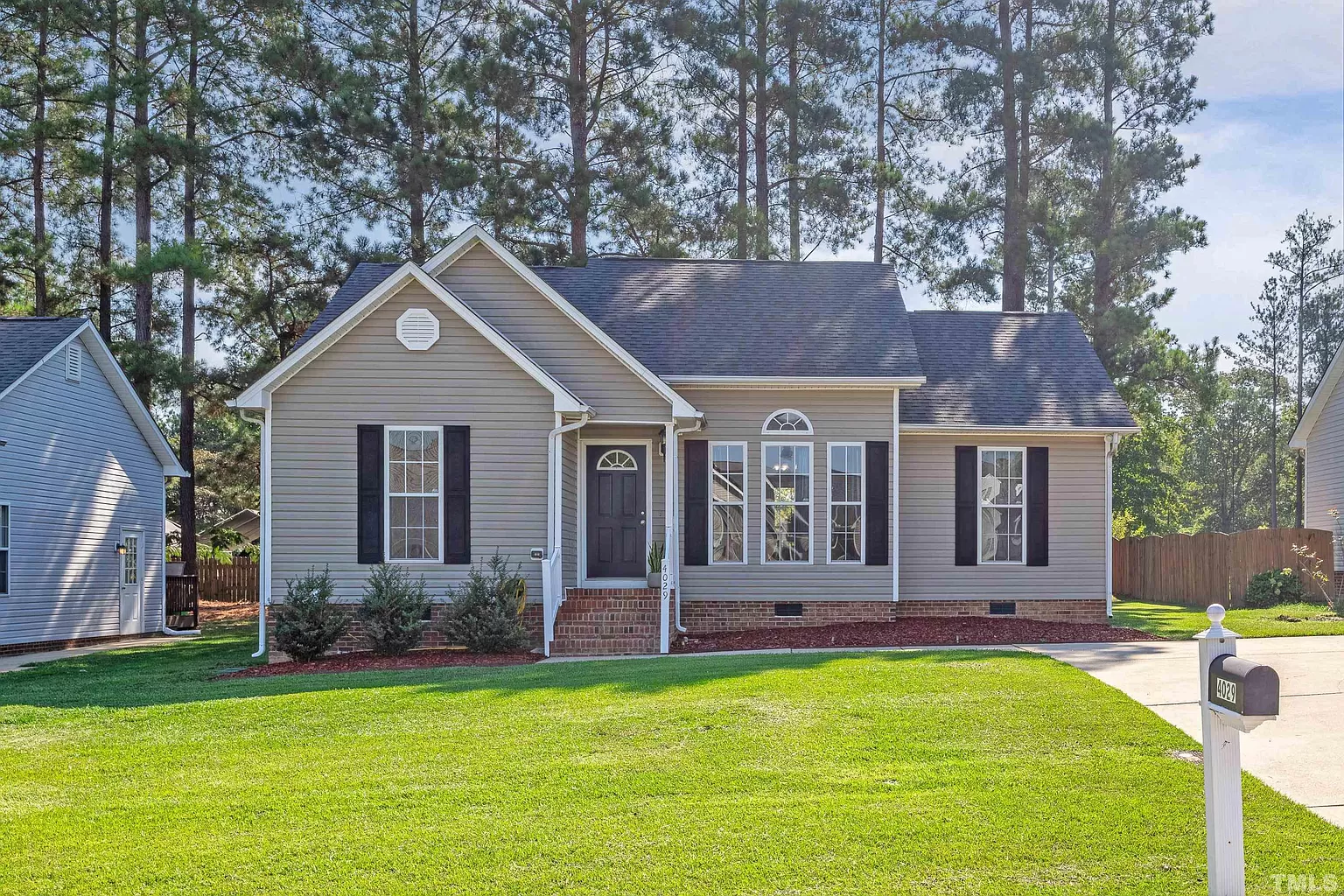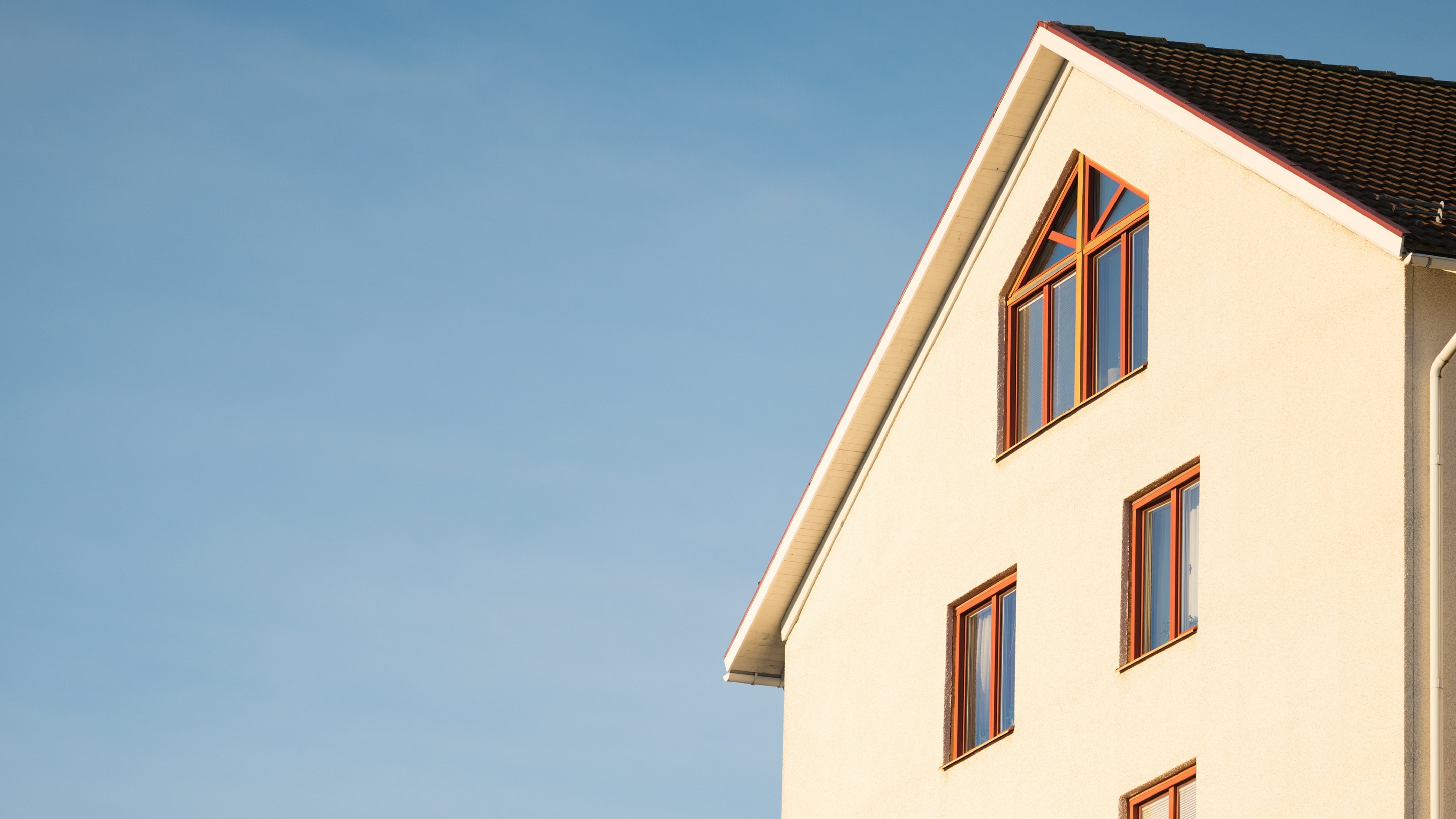Why we're bullish on investing in starter homes

One of the key success factors in real estate investing is selecting the right asset class and sub-asset class. At Ownify, we’re bullish on starter homes, specifically single family homes in the $200k-400k price range in growing markets. This post walks you through our investment thesis for starter homes. We'll discuss the following four return drivers:
- Starter home appreciation of 5-6% vs nationwide average of 3-4%
- Increasing replacement costs due to tariffs and labor cost increases
- Stronger rental yields
- Lower transaction costs / sales friction
1. Home Price Appreciation
Average home price appreciation in the US is forecasted to be around 3% to 4% nationwide in 2025[1][2]. Of course, this varies widely across different regional markets - please read our separate analysis of local home price appreciation across markets.
Starter homes—typically defined as lower-priced, entry-level single-family homes—have generally appreciated at a faster rate than more expensive homes in recent years. “The value of starter homes has increased by 54.1% over the past five years, outpacing the 49.1% increase for the typical U.S. home," says Zillow Sr Economist Orphe Divounguy. This is driven by
- High Demand, Low Supply: Starter homes face acute inventory shortages, with active listings for entry-level properties declining by 34% since 2020 [4]. This scarcity intensifies competition among first-time buyers and investors and pushes prices up more quickly than in the luxury segment, where buyer pools are smaller and supply is less constrained.
- Affordability Ceilings: With the income required to afford a median-priced home rising to $106,500 (vs. a national median household income of $81,000)[9], buyers increasingly target lower-priced homes. This concentrates demand in the starter home segment. Since 2020 home prices have risen 45% nationally[11] while median wages grew only 23%[9]. This divergence has pushed 68% of millennials into the starter home market, as perpetual renters lack the equity to upgrade[10].
- Starter homes are more resilient to interest rate increases as they remain accessible via FHA loans (3.5% down), while jumbo loans for luxury properties require 20%+ down payments[7]. When rates rose to 7.1% in 2024, sales of $1M+ homes plunged 31% compared to a 12% decline for sub-$400k homes[11].
- Investor Activity: Nearly 25% of U.S. home purchases in 2024 involved institutional investors, who disproportionately target properties under $300,000 for higher rental yields[12].
2. Increasing replacement costs due to tariffs and labor cost increases
Tariffs and rising labor costs are pushing builders to prioritize higher-priced homes over affordable starter homes, exacerbating the ongoing housing affordability crisis. This shift stems from three interconnected pressures:
a. Material Cost Inflation from Tariffs
- Construction material costs have surged due to tariffs on imports like Canadian lumber (now facing a ~40% effective tariff[7,12]), Mexican gypsum, and Chinese steel. These increases add $7,500–$22,000 to the cost of building a single-family home[13,11].
- Starter homes are disproportionately affected: For a $200,000 home, a $20,000 tariff-driven cost increase represents a 10% price hike—often pricing out first-time buyers. Higher-priced homes can better absorb these costs through larger profit margins[12].
b. Labor Cost Pressures
- Construction wages rose 6.2% in 2024 (vs. 4.1% for all private sectors), compounding material cost inflation [10]. Skilled labor shortages force builders to pay premiums for workers, extending project timelines.
- With deportations, construction wage inflation will likely accelerate. Undocumented workers dominate entry-level positions (e.g., general labor), which account for 40–50% of construction labor costs[1]. Their removal would create bidding wars for remaining workers. Skilled trades (electricians, plumbers, masons) would also see wage hikes, as 30% of trade jobs depend on foreign-born workers[3]. Economists project that deportations could add 10–15% to labor costs in residential construction, compounding existing material cost inflation from tariffs[16].
- Margin compression reduces new construction starts: Starter homes typically have 3–5% profit margins vs. 10–15% for luxury homes. Rising labor costs make low-margin starter projects economically unviable[5,13].
c. Builder Response: Shifting to Premium Markets
- Material/labor costs now account for 60–70% of total home construction expenses[4,12]. Builders are pivoting to higher-price segments where buyers can absorb $30,000–$50,000 price increases[8] and profit margins justify risk amid volatile material pricing and exposure to labor market shortages[6].
- Starter home construction plummeted 45% since 2020, while homes priced above $500,000 saw a 22% increase in starts[7,13].
d. Market Impact and Long-Term Consequences
|
Factor |
Starter Homes (<$300k) |
Luxury Homes (>$750k) |
|
Material Cost Sensitivity |
High (20–30% of total cost) |
Moderate (10–15% of total cost) |
|
Labor Cost Impact |
Critical (40–50% of expenses) |
Manageable (25–35% of expenses) |
|
Builder Priority |
Declining (28% of 2025 starts) |
Rising (41% of 2025 starts) |
3. Starter Homes have stronger rental yield
Starter homes, typically priced below $300,000[2,6], generate rental yields of 9–11% on average[10,12], compared to 4–7% for luxury homes ($750,000+). This disparity stems from the nonlinear relationship between home prices and achievable rents:
- A $250,000 starter home renting for $1,800/month achieves a 8.6% gross yield ($21,600 annual rent / $250,000 value).
- A $750,000 property renting for $3,500/month yields just 5.6% ($42,000 / $750,000)[3,10].
The rental yield premium for starter homes stems from the fundamental economic realities already discussed: inelastic demand from income-constrained renters and supply constraints in affordable housing construction.
In addition to stronger gross rental yield, starter homes also benefit from nonlinear operating cost scaling. In a nutshell, property taxes, insurance, maintenance, and repairs are all more expensive as a percentage of rent for a higher-priced property compared to a starter home:
|
Expense Category |
Starter Home (% of Rent) |
Luxury Home (% of Rent) |
|
Property Taxes |
8–12% |
15–20% |
|
Maintenance |
10–15% |
18–25% |
|
Insurance |
5–7% |
8–12% |
|
Total Operating Costs |
23–34% |
41–57% |
Source: Stessa rental yield analysis, Ownify data
These factors create a self-reinforcing cycle where starter homes deliver 2–3x the cash-on-cash returns of higher priced properties[10,12]. As housing affordability worsens (median home price-to-income ratio now 5.4x vs. 3.5x in 2000)[2], this yield gap will likely persist through 2025 and beyond.
4. Starter Homes have lower transaction costs
When it comes time to sell, starter homes generally have higher sales velocity and lower marketing expenses. Starter homes sell 27% faster than median-priced properties, according to Zillow data[5,11]. This accelerated timeline reduces holding costs and marketing expenses: Fewer open houses, less staging, and shorter digital ad campaigns[3,9]. At the same time, only 12% of starter homes require price cuts vs. 22% of luxury listings, preserving seller leverage[11]. As discussed before, the supply / demand imbalance drives a faster sale / higher price compared to more expensive properties. Of course, in Ownify’s portfolio, the sale of the property is to the Owni, incurring virtually no transaction costs. More on that in our discussion of the Ownify investment structure.


